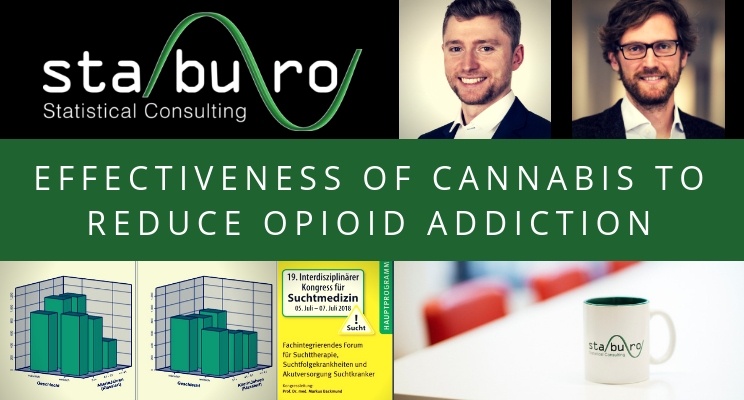
Pilot study on Effectiveness of Cannabis to Reduce Opioid Addiction
We recently performed the analysis for a pilot study, investigating whether cannabis consumption may be beneficial in helping people reduce their addiction to opioids.
The results were also presented at the 19th Interdisciplinary Congress for Addiction Medicine congress at LMU Munich.
Background of this study
Of the approximately 79,000 opioid-substituted patients in Germany, about 50% regularly smoke cannabis (Wedekind et al., 2010). The prevalence is thus 15 times higher than in the general population (Orth, 2016). Basic data on the cannabis use of opioid-dependent patients are lacking. There are indications that the cannabinoid cannabidiol (CBD) may reduce the morphine-dependent reward response in the brain and the relapse rate in morphine dependence (Markos et al., 2017). Clinical data is missing so far.
Aim
The aim of this study is to gain insights into the cannabis addiction behaviour of ambulatory opioid-substituted patients. The focus here is on the amount of cannabis consumed, frequency of consumption, consumption motives, any withdrawal symptoms, wishes for change and cannabis-related problems. In addition, the relationship between cannabis use and co-morbidities and between THC, CBD, CBN, nicotine serum levels and consumption is examined. Special attention will be paid to the potential influence of substitution agents and dose on cannabis addiction.
Method
Cannabis-specific addiction history was collected in 129 opioid-substituted patients. Data on opioid substitution dose, additional medication and somatic and psychiatric co-morbidities were taken from the existing patient records. THC, CBD, CBN, and nicotine serum levels were determined in the blood.
Conclusion
Cannabis use had the following characteristics in the investigated patient group (n=129): Prevalence 41.9%, average consumption 1 g/day (min. 0.1 g/day, max. 5 g/day), average age at start of consumption is 14 years (min. 12 years, max. 35 years), SDS score >= 4: 56.9% of regular users.
Initial analyses indicated significantly higher opioid substitution doses (p=0.026) among regular cannabis users.
The collection of the cannabis-specific addiction history and comparable serum levels in this specific patient group, is the basis for further cannabis addiction research and therapy approaches in opioid-substituted cannabis users. The study population showed a significantly higher prevalence of cannabis use, compared to the total population and 56.9% of the users had a cannabis dependence, according to SDS score criteria (cut-off =4). The increased opioid substitution doses in the group of cannabis users, seem to contradict the hypothesis of a lower opioid requirement in this patient group, whereby a bias cannot be ruled out due to negative concomitant circumstances.


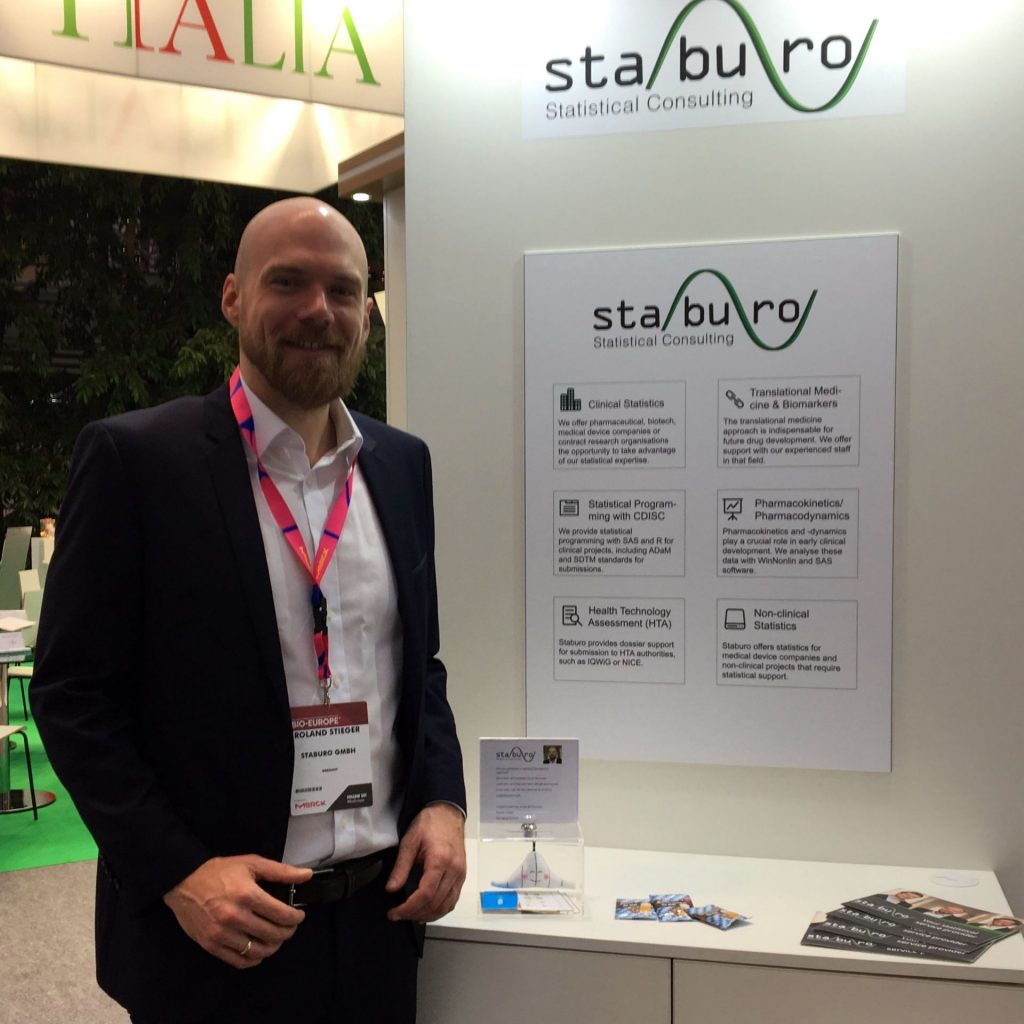
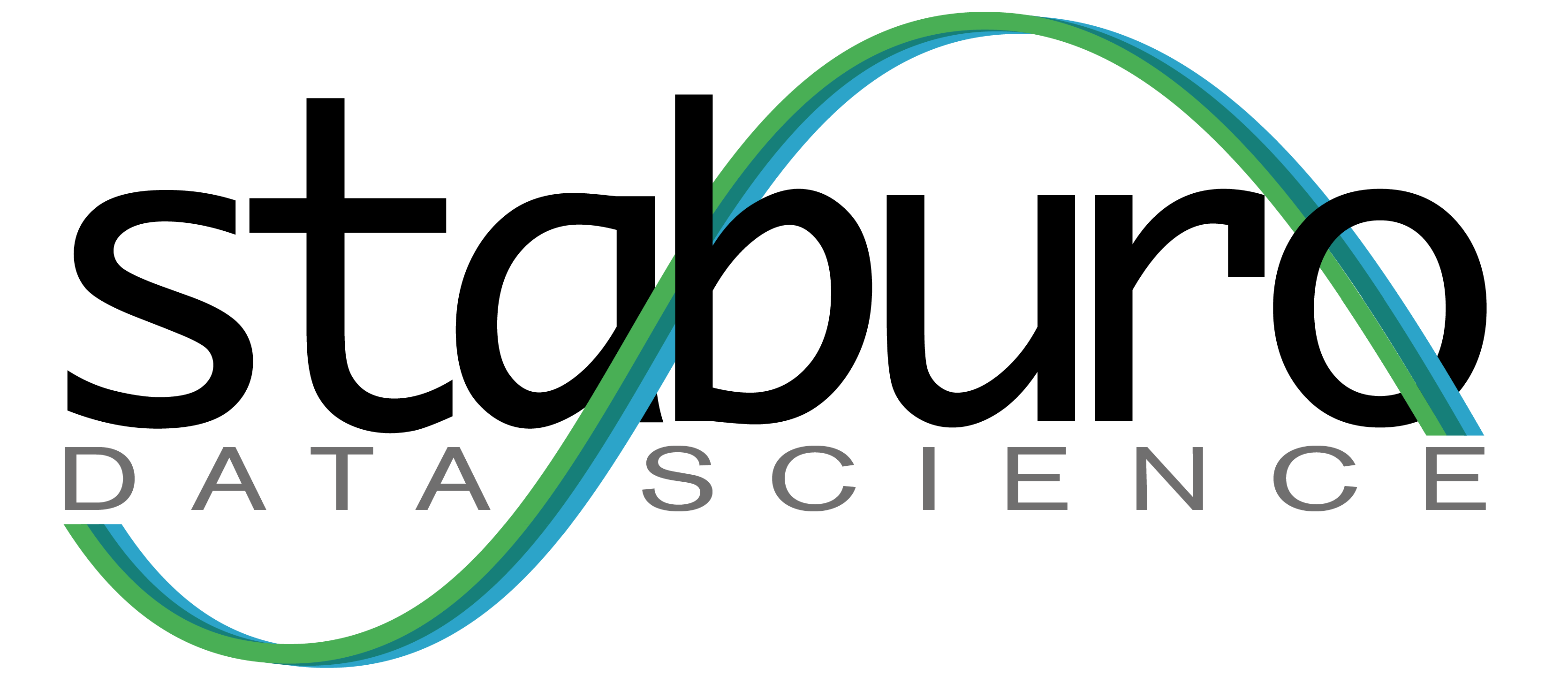

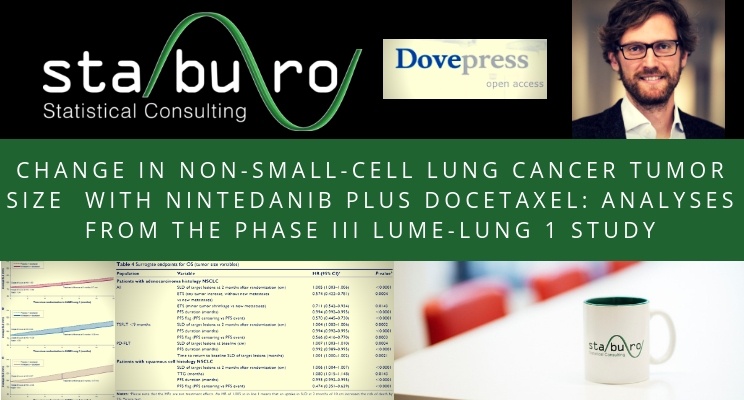
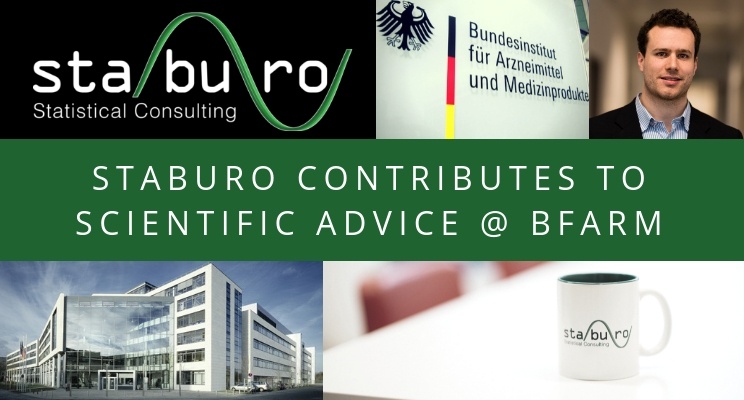
Recent Comments